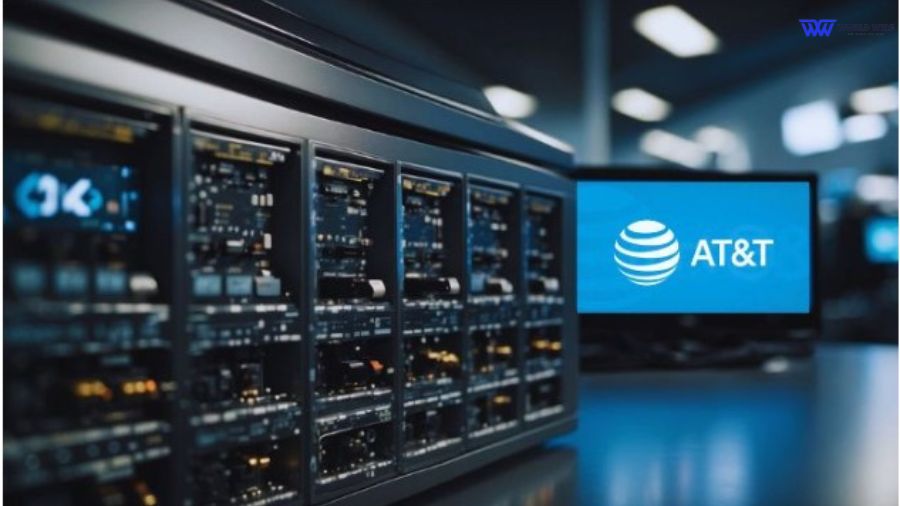AT&T, a major player in the telecommunications industry, has recently announced a significant boost to its investment plans.
With an additional $3 billion pledged, the company aims to tackle the three critical areas of broadband development: affordability, adoption, and availability.
This move is seen as a strategic effort to bridge the persisting digital divide, ensuring that more individuals and communities can access high-speed internet and digital services.
The new investment is part of AT&T’s larger initiative, which has totaled $5 billion ($3 billion at the latest + $2 billion from 2021) in commitments since 2021.
However, specific details on how the funds will be allocated among the three focus areas have not been disclosed due to a quiet period. Nevertheless, the company has outlined that the investment will support various programs.
One company spokesperson revealed that these include “discounts on connectivity service plans for qualifying households, contributions to charitable organizations that execute digital learning and literacy programs, network infrastructure builds, and discounted service offers to more than 135,000 public and private K-12 schools, colleges, and universities.”
AT&T’s initiative involves expanding network coverage, making digital access more affordable, and fostering digital literacy. The company sees this as an essential step in ensuring that no one is left behind in today’s increasingly digital world.
“Connectivity is critical for success and prosperity in America today. Whether it’s a first-generation high school graduate applying for college, a veteran accessing telehealth services, or a grandparent connecting with their family thousands of miles away – we want to help unlock greater possibilities for the millions of people who remain unconnected” says AT&T CEO John Stankey.
“The pace of innovation and the global economy aren’t waiting on anyone, and we’re committed to bringing connectivity and digital literacy in reach for all Americans.”
In line with its commitment to enhance network availability, AT&T is exploring opportunities to extend its fiber broadband reach beyond the initial target of 30 million locations by 2025.
The company is considering areas previously deemed non-viable for deployment, hoping that government funding programs like the $42.5 billion BEAD program will make these projects feasible.
“We’re looking forward to taking part in BEAD funding opportunities and helping to close the country’s remaining broadband gap,” AT&T noted.

One key component of AT&T’s adoption strategy is the expansion of its Connected Learning Centers (CLCs). These centers provide crucial access to computers and the Internet, facilitating digital learning and literacy.
Currently, AT&T operates 37 CLCs and plans to increase this number to 50 by the summer. The centers are part of a broader effort to provide digital literacy resources to underserved communities, including rural areas and tribal lands.
The investment also aims to make digital access more affordable. AT&T is introducing discounted service plans through its AT&T Prepaid and Cricket services, among others.
The spokesperson mentioned that “the company will be offering discounted service plans from AT&T Prepaid, Cricket and ‘other, forthcoming services.'”
As the Affordable Connectivity Program is ending this month, AT&T also mentioned in a $3 billion announcement their commitment to the continuation of the “$30 Access from AT&T service for low-income households,” which includes Wi-Fi at no additional charge and does not require deposit fees.
AT&T’s investment goes beyond just providing services; it’s about contributing to the community.
The company has donated over $123 million to non-profits tackling the digital divide, reached 360,000 students through its digital learning platform, and educated 288,000 adults in digital literacy.
Moreover, AT&T has expanded its network coverage on Tribal lands by over 40%, opening new avenues for education, healthcare, and economic opportunities for indigenous communities.
As AT&T continues to build on its best-in-class 5G and fiber networks, its commitment to closing the digital divide remains steadfast.
The company’s additional $3 billion investment is a significant step towards achieving its goal of helping 25 million people get and stay connected by 2030.
This initiative not only underscores AT&T’s dedication to digital inclusivity but also sets a precedent for how corporations can play a pivotal role in building a more connected and digitally literate society.







Add Comment